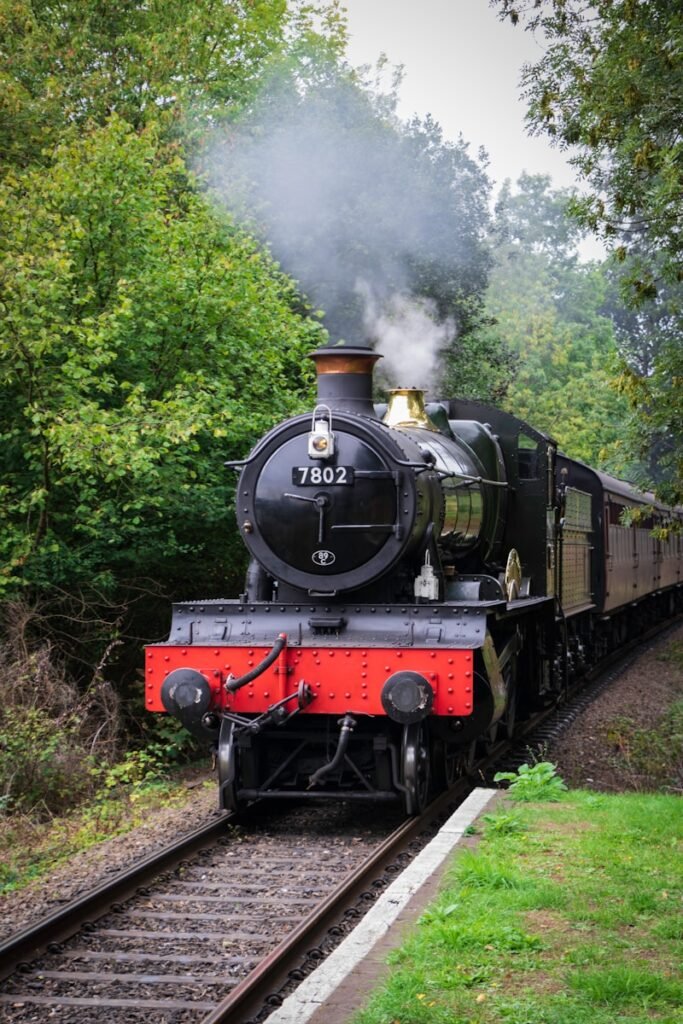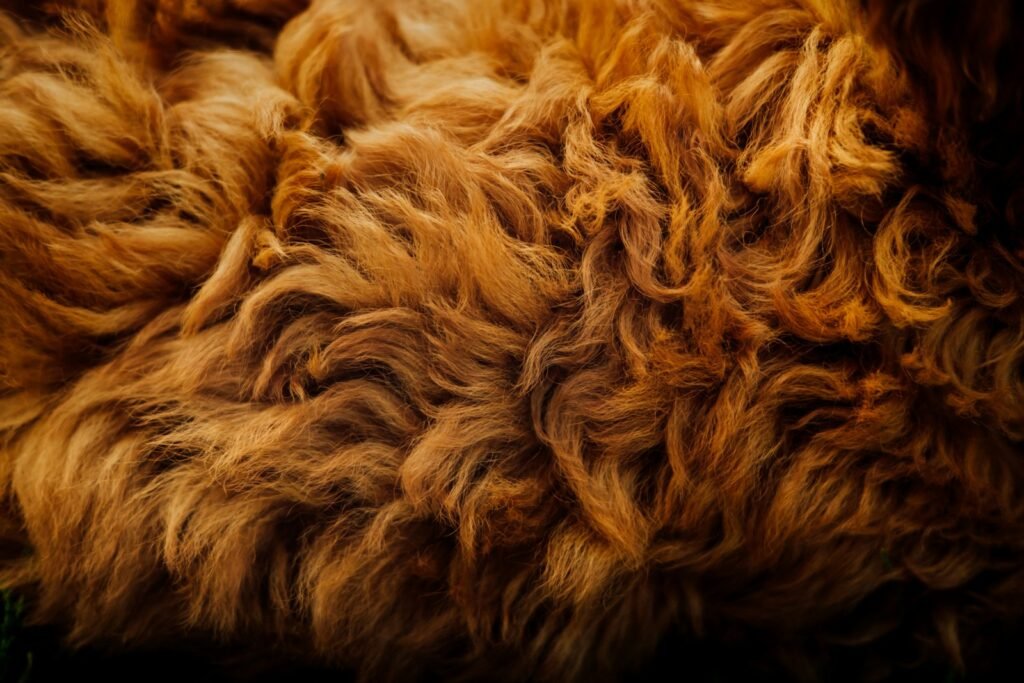
Early Development of Railroads
Oh, the dawn of railroads in America, a time when iron steeds began their intricate dance across the sprawling expanse of the nation, linking together people and places in ways previously unfathomed. The steam locomotives chugging along with gusto on their tracks, spewing forth billowing clouds of white smoke, embodied progress and transformed transportation as we knew it. As Thomas Jefferson once mused, “The introduction of such a potent force as steam shall act as a formidable check on population growth, preserving man in his current state of wellness.” Truly, these metal behemoths reshaped the very fabric of the country, laying down pathways for a new era brimming with connectivity and advancement.
From the inception of the Baltimore & Ohio Railroad back in 1827 to the monumental completion of the Transcontinental Railroad in 1869, railways heralded an era marked by swift travel and bustling trade. The sinuous tracks wound their way through mountains and plains alike, bridging East and West in a manner that seemed almost fantastical before. Just like Abraham Lincoln eloquently observed,”The railway is a marvel upon which any traveler feels enriched.” The nascent emergence of rail networks not only hastened expansion but also fostered a sense of cohesion among diverse corners of the land. The rhythmic clatter resonating from wheels against rails echd like a pulsating heartbeat propelling an entire nation towards an horizon shimmering with promise and potential.
Innovations in Transportation Technology
In the midst of the 19th century, a transformative revolution swept through transportation in the United States with the arrival of steam-powered locomotives. These formidable iron beasts roared across the expansive American terrain, forging connections between cities and towns like never before. As Robert Fulton, the renowned inventor, astutely noted, â€Steam bridges continents and rivers alike within our nation.†The advent of steam engines not only hastened travel but also nurtured a sense of unity among communities, paving a path towards unparalleled economic prosperity and societal advancement.
Moreover, the construction of America’s first transcontinental railroad stood as an extraordinary feat in history. Extending over 1,900 miles, this marvel of engineering linked the East and West coasts together seamlessly, facilitating rapid movement of goods and people. In eloquent words spoken by President Abraham Lincoln himself,”The railway is a powerful agent for human progress; it binds our nation with iron chains.” This monumental undertaking not only transformed transportation but also ignited a surge in national trade and commerce on an unprecedented scale. The clatter of steel wheels served as a symphony heralding progress that echd throughout the land – ushering in a new era brimming with interconnectedness and prosperity.
Economic Growth and Expansion
The late 18th and early 19th centuries witnessed a perplexing surge of economic growth in the United States, as the nation navigated its post-Revolutionary War identity crisis. Amidst this burstiness of development, the urgent need for enhanced infrastructure and transportation capabilities became glaringly apparent. Canals and, notably, railroads emerged as key players in connecting distant regions and sparking economic advancement.
To overlook the transformative impact of transportation innovations during this era would be to ignore a vital piece of history’s puzzle. In the words of Thomas Jefferson, “The introduction of so powerful auxiliary as steam to a carriage on wheels will make a great change in the situation of man.” The arrival of steam locomotives shattered previous barriers to travel and trade with unparalleled speed and efficiency. Railroads quickly evolved into vital arteries pulsating with commerce, effortlessly ferrying goods and people across vast expanses. This expansion not only fueled industrialization and urban sprawl but also laid down the groundwork for an intricately woven economy that is emblematic of modern America today.
Urbanization and Industrialization
As the iron behemoths chugged their way through the ever-expanding American landscape, cities swelled with a flood of eager workers seeking employment in the burgeoning industrial realm. The rhythmic clatter of railroad tracks melded with the deafening cacophony of factories spitting out goods at an unprecedented pace. As industrialist Andrew Carnegie so aptly put it, “The amalgamation of millions of hands and minds, strength and skill is the essence of urbanization and industrialization.”
Skyscrapers shot up like colossal giants amidst the chaotic urban sprawl, a symbol of the breakneck speed at which development was occurring thanks to the union of industry and city life. The night sky glowed with city lights, starkly contrasting against the serene simplicity of rural America. Author Upton Sinclair once mused that “Cities are where humanity plunges into darkness.” Yet within this abyss lay a pulsating heartbeat of a new era; brimming with progress’s energy and prosperity’s promise.
Impact on Trade and Commerce
The emergence of the railroad system in the 18th century completely revolutionized trade and commerce in the United States. Tracks snaked their way across various regions, creating a labyrinth of connections that baffled even the most seasoned entrepreneurs. Goods were now zipping back and forth at lightning speed, leaving merchants scratching their heads in disbelief.
With this newfound transportation network, intrepid businessmen saw an opportunity to break into new markets with unprecedented ease. Textiles, agricultural products, and raw materials hurtled across vast distances at a pace that left onlookers bewildered. Alexander Hamilton’s words echd through the bustling train stations: “A power to promote the improvement of the condition of all mankind.”
Not only did these iron giants boost domestic trade beyond recognition, but they also opened up channels for international commerce on a scale never before seen. Economic activity exploded like fireworks on Independence Day, bringing prosperity to those who had once struggled to make ends meet.
The impact was dizzying – local economies morphed into sprawling webs of interconnected markets practically overnight. Farmers found themselves able to whisk their produce off to urban centers faster than you could say “all aboard,” ensuring fresh goods reached even the farthest corners of civilization in record time.
Businesses sprang up like wildflowers after a summer rainstorm as industries flourished under this new era of rapid transit. Theodore Judah’s prophetic words reverberated through train cars coast-to-coast: “This road is a link in the great chain that will connect the Atlantic and Pacific.”
As railroads crisscrossed from sea to shining sea, goods flowed freely along tracks so extensive they seemed more like chaotic scribbles on some celestial map than mere steel lines laid upon earth’s surface solidifying America as not just another player but THE major player in global trade.
Social Changes and Cultural Shifts
The 18th century in America was a whirlwind of transformation, where established norms were upended and societal structures underwent a metamorphosis. The very essence of existence seemed to be in flux as the nation burgeoned and evolved, ushering in an era of unprecedented change. From the marvels of technological advancements like the steam engine to the revolutionary artistic movements such as the Hudson River School, every corner of society pulsated with innovation.
In the immortal words of Benjamin Franklin, “When you’re finished changing, you’re finished.” This aphorism reverberates through time, underscoring how the seismic shifts and cultural revolutions of 18th century America continue to reverberate through our contemporary lives. The emergence of new social hierarchies and fusion of diverse cultural customs forever altered the societal landscape. These transformative forces still echo in our present reality, serving as a poignant reminder of the intricate historical tapestry that has woven together our national identity.
Environmental Effects and Sustainability
The birth of railroads in the United States sparked a transportation revolution, linking distant lands and igniting economic growth nationwide. The clatter of wheels on steel tracks signaled a new era unfolding, stretching across vast distances with an air of mystery.
Yet, amidst this whirlwind of progress, the environmental repercussions were often sidelined. Once dense forests bowed to the might of iron rails, disrupting ecosystems and displacing wildlife. Smoke billowing from steam engines tainted once pure skies, leaving behind scars on landscapes that had birthed this industrial metamorphosis.
However, as the iron steeds thundered forth across the land, minds began to shift towards sustainability and preservation. Trailblazers like John Muir emerged as champions for wilderness conservation, speaking out against the relentless march of advancement. “The gateway to existence lies within untouched forests,” Muir declared passionately, advocating for a delicate equilibrium between development and nature’s guardianship.
With an awakening consciousness regarding industrial impacts on nature, initiatives were launched to curb railroad expansion damage. National parks sprouted into being alongside conservation efforts marking a fresh chapter in environmental awareness history.
Role in National Expansion
In delving into the intricate web of railroads and their pivotal role in the grand tapestry of American expansion, one must grapple with the sheer magnitude of their impact on uniting a sprawling nation. The relentless march of tracks cutting through untamed landscapes forged connections where none existed before, binding together once isolated territories in a dance of progress and unity. In echoing the words of President Abraham Lincoln, it becomes clear that these iron arteries were more than mere pathways – they were the very sinews that bound a nation together.
The frenetic pace at which railroads proliferated not only expedited travel and trade but also left an indelible mark on the American psyche. The ability to traverse vast distances with unprecedented speed fueled waves of migration and settlement, propelling America ever westward in its quest for expansion. As industrial titan Andrew Carnegie astutely observed, these steel veins pulsated with the lifeblood of a burgeoning nation. The network woven by these locomotive arteries served as both conduit and catalyst for economic growth and cultural enrichment, shaping the diverse mosaic that defines modern-day America.


